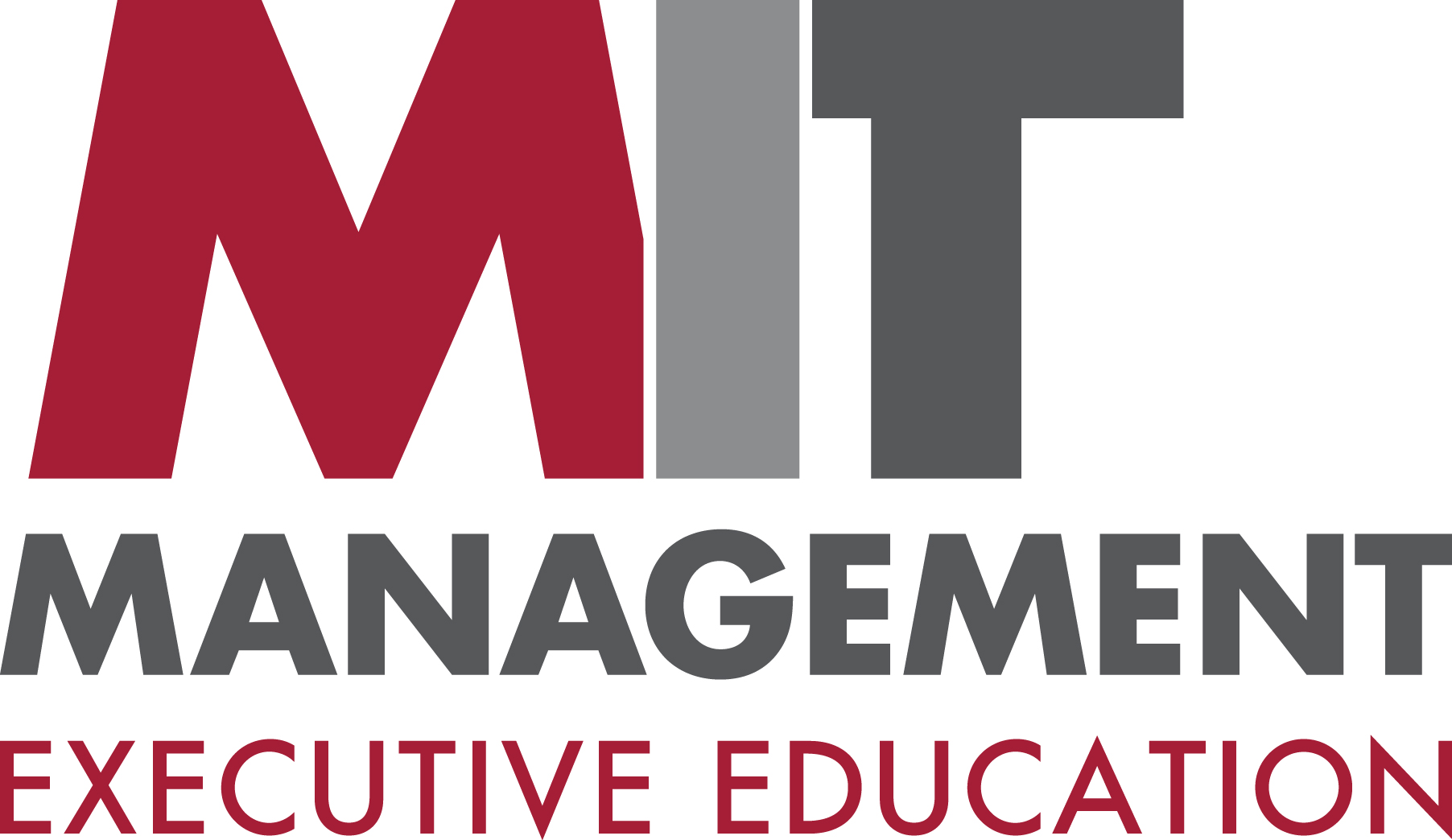- Learning
Developing Innovative Principled Leaders at MIT
MIT's unique Advanced Management Program - What makes it so different?
The Sloan School of Management at MIT is different from other business schools; while it is clearly a member of the global elite of management academies, it also stands apart through its association with the science and technology buzz of the larger MIT university.
So when it comes to a flagship executive program such as the five-week, Advanced Management Program (AMP) that the school offers, what makes it different from the programs offered by any other leading school?
Court Chilton, the program’s director, sees that MIT’s program while seeking the same outcomes as most AMPs – improved performance and confidence at managing organizations at a senior level - the MIT AMP carries the school’s ethos in distinct ways. It is an intimate cohort of participants in more ways than one. The class is capped at 35 people, and this enables both the interaction between faculty and participants, and also amongst the participant cohort to be much closer, enabling greater trust and rapport to develop over the five weeks.
Size of class cohorts has a significant impact on learning outcomes, and Chilton notes that “whereas other programs may seek to develop connections outside of the formal learning sessions, in pre-class discussions and at dinner, with a small cohort size we can create those connections in the classroom too.” It is increasingly well understood that significant benefits for executive programs accrue from the interaction and cross-learning of the participants – acknowledging that much of the wisdom in the room is held by the participants as much as the faculty, and the ability and opportunity to share and exchange experiences and insights is an important element of the program value.
Chilton is also consistently pleased with the broad international make-up of the program. “We do not actively seek to bring-in a balance of nationalities, but that is the way it tends to work. Only 10-15% of participants usually come from North America, and we see the majority coming from Europe, Asia and South America. The five-week intensive course tends to suit this arrangement for long-haul participants too. The MIT brand does tend to bring in people with a bias towards science, tech or engineering businesses; we have a lot of pharma – but see less from the hospitality or consumer goods side. This means that while their geographic contexts are very varied there is often a common thread on the business side that brings them together too.”
It is that strong emphasis that MIT offers on the ‘innovation ecosystem’ that also sets the MIT AMP apart. “There is great ‘porousness’ here” notes Chilton “MIT, unlike most academic institutions is open 24/7. We are surrounded by start-ups and tech incubators; these people are coming in and out of the building at all times. It is part of the ‘creative abrasion’ we actively foster here, getting different disciplines to bump into each other – scientists, entrepreneurs, VCs, business folk and faculty. Each week MIT runs its Venture Café where everyone can come together - and the AMP participants are encouraged to attend to share and get a flavour of that energy and their ideas.”
No top program is complete these days however, without some significant non-classroom learning experiences. Building on the ‘creative abrasion’ philosophy, AMP participants spend a significant amount of time visiting different businesses, particularly those start-ups and incubators – and also an artists’ collective, where they can absorb how the artists, be they painters, sculptors, metalworkers or something else – work together both collaboratively and in seclusion, drawing on each other for support and inspiration as required. Facilitated discussions afterwards allow the program participants to then visualize how they could use these concepts to enhance practices in their own companies – and foster greater energy and innovation for their own businesses.
Seeing and visualizing is a key learning element of the program, and builds on the core concepts faculty share in more formal sessions. The great challenge is then to put these into action – and MIT do this in various ways, one of which is by getting the participants to skipper and crew small sailboats in the Charles River, learning for the first time (for most) the techniques and skills of sailing – and at the same time leading the (nervous) crew. “This experience really kaleidoscopes all the different elements we discuss into a single practical activity, where the results are clear for them to see, and the pressures and stresses of implementation immediately felt” says Chilton. “The participants love it too – and then we take it apart in discussion, examining where people succeeded and struggled – and building, in our 1-1 coaching sessions, on those areas.”
The program concludes with a two-day session, where all AMP alumni can re-join the program and meet with other former and current participants and faculty. “The cohort size typically doubles for these last two days, of celebration and networking” says Chilton “it is a really powerful ending to the program.”
MIT Sloan is uniquely positioned at the intersection of technology and business practice, and participants in our programs gain access to MIT’s distinctive blend of intellectual capital and practical, hands-on learning.
ARTICLES YOU MIGHT LIKE
VIEWPOINT
For Thomas Misslin, transformation rather than training is the aim of executive education at emlyon business school
DEVELOPING LEADERS QUARTERLY MAGAZINE AND WEEKLY BRIEFING EMAILS


































